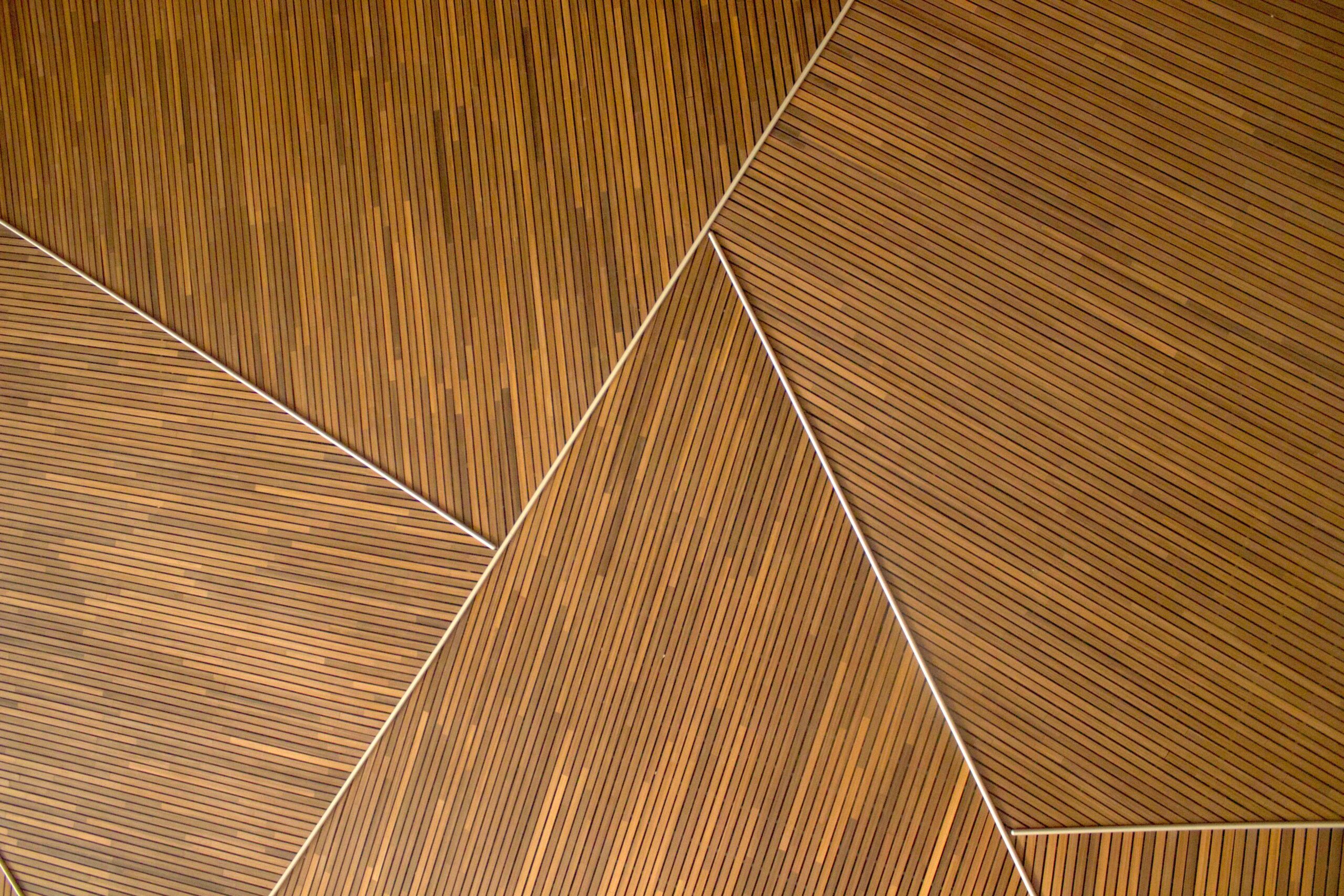Plaster ceiling are an elegant and timeless addition to any home or commercial space. They add a touch of sophistication and can completely transform the look of a room. In this blog post, we will explore everything you need to know about plaster ceilings, from their history and benefits to maintenance and installation.
History of Plaster Ceilings
Plaster has been used for thousands of years as a decorative material. In ancient times, it was made from a mixture of lime, sand, and water. The Egyptians, Greeks, and Romans were known for their intricate plasterwork, using it to create stunning ceilings in palaces, temples, and other grand structures.
During the Renaissance period, plaster ceilings reached their peak of popularity. Elaborate designs, such as coffered ceilings and ornate moldings, adorned the ceilings of European cathedrals, palaces, and mansions.
Benefits of Plaster Ceilings
There are several benefits to choosing plaster ceilings over other types of ceiling materials, such as drywall or wood. Firstly, plaster ceilings are incredibly durable and long-lasting. With proper care and maintenance, they can last for decades without showing signs of wear and tear.
Secondly, plaster ceilings offer excellent soundproofing properties. Due to their density, they can help reduce noise from the floor above or the adjacent rooms, creating a more peaceful and quiet environment.
Another advantage of plaster ceilings is their versatility in design. Plaster is a highly malleable material, allowing for intricate and customized designs. From simple patterns to elaborate motifs, there are endless possibilities to create a unique and personalized look for your ceiling.
Maintenance of Plaster Ceilings
While plaster ceilings are durable, they do require regular maintenance to keep them in pristine condition. Here are some tips to ensure the longevity of your plaster ceiling:
- Regularly dust the surface of the ceiling with a soft cloth or feather duster to remove any dirt or debris.
- Avoid using harsh cleaning agents or abrasive materials that can damage the plaster. Instead, use a mild soap solution and a soft sponge to clean any stains or marks.
- Inspect the ceiling periodically for any cracks or damages. If you notice any issues, it’s important to address them promptly to prevent further deterioration.
Installation of Plaster Ceilings
Installing a plaster ceiling is a complex process that should be done by professionals. Here are the basic steps involved:
- Prepare the surface by removing any existing ceiling materials and ensuring it is clean and smooth.
- Create a frame or support structure to hold the plaster in place.
- Mix the plaster according to the manufacturer’s instructions and apply it to the ceiling using specialized tools.
- Smooth and level the plaster to achieve the desired finish.
- Allow the plaster to dry and cure for the recommended time before painting or decorating.
Conclusion
Plaster ceilings are a beautiful and timeless choice for any space. Their history, durability, and versatility make them a popular option among homeowners and designers. By understanding the benefits, maintenance, and installation process, you can make an informed decision and enjoy the elegance and charm of a plaster ceiling.



